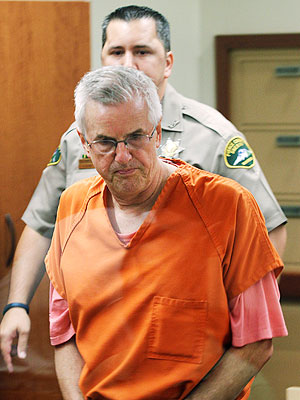
Tara Todras-Whitehill for The New York Times
Protesters against President Mohamed Morsi next to a destroyed barricade near the presidential palace in Cairo on Saturday. More Photos »
CAIRO — Struggling to quell protests and violence that have threatened to derail a vote on an Islamist-backed draft constitution, President Mohamed Morsi moved Saturday to appease his opponents with a package of concessions just hours after state media reported that he was moving toward imposing a form of martial law to secure the streets and allow the vote.
Mr. Morsi did not budge on a critical demand of the opposition: that he postpone a referendum set for Saturday to approve the new constitution. His Islamist supporters say the charter will lay the foundation for a new democracy and a return to stability. But liberal groups have faulted it for inadequate protection of individual rights and loopholes that could enable Muslim religious authorities to wield new influence and they are asking for a thorough overhaul.
But in a midnight news conference, his prime minister said Mr. Morsi was offering concessions that he had appeared to dismiss out of hand a few days before. He rescinded most of his sweeping Nov. 22 decree that temporarily elevated his decisions above judicial review and offered a convoluted arrangement for the factions to agree in advance on future constitutional amendments that would be added after passage.
His approach, rolled out throughout a confusing day, appeared to indicate a determination to do whatever it takes to get to the referendum. Amid growing concerns among his advisers that the Interior Ministry may be unable to secure either the polls or the institutions of government in the face of violent protests against Mr. Morsi, the state media reported early Saturday that he was moving toward ordering the armed forces to keep order and authorizing its solders to arrest civilians.
Mr. Morsi has not yet formally issued the order reported in the state newspaper Al Ahram, raising the possibility that the announcement was intended as a warning to his opponents. His moves held out little hope of fully resolving the standoff, in part because even before his concessions were announced opposition leaders had ruled out any rushed attempt at a compromise just days before the referendum.
“No mind would accept dialogue at gunpoint,” said Mohamed Abu El Ghar, an opposition leader, alluding to previously floated ideas about last-minute negotiations between factions for amendments.
Nor did his Islamist allies expect his proposals to succeed. Many have said they concluded that much of the secular opposition is primarily interested in obstructing the transition to democracy at all costs, mainly to block the Islamists’ electoral victory. Instead, some privately relished the bind they believed Mr. Morsi had built for the opposition by giving in to some demands and thus, they said privately, forcing their secular opponents to admit they were afraid to take their case to the ballot box.
The military appeared for now to back Mr. Morsi. Midday, a military spokesman read a statement over state television saying the military “realizes its national responsibility for maintaining the supreme interests of the nation and securing and protecting the vital targets, public institutions, and the interests of the innocent citizens.”
Since Mr. Morsi’s decree granting himself sweeping powers until the ratification of a new constitution, there has been an extraordinary breakdown in Egyptian civic life that has destroyed almost any remaining trust between the rival Islamist and secular factions.
Mr. Morsi had insisted that he needed unchecked power to protect against the threat that judges appointed by the ousted president, Hosni Mubarak, might dissolve the constitutional assembly.
But his claim to such unlimited power for even a limited period struck those suspicious of the Islamists as a possible return to autocracy. It recalled broken promises from the Muslim Brotherhood that it would not dominate the parliamentary election or seek the presidency. And his decree set off an immediate backlash.
Hundreds of thousands of protesters accusing Mr. Morsi and his Islamist allies of monopolizing power have poured into the streets. Demonstrators have also attacked more than two dozen Brotherhood offices around the country, including its headquarters, and judges declared a national strike.











